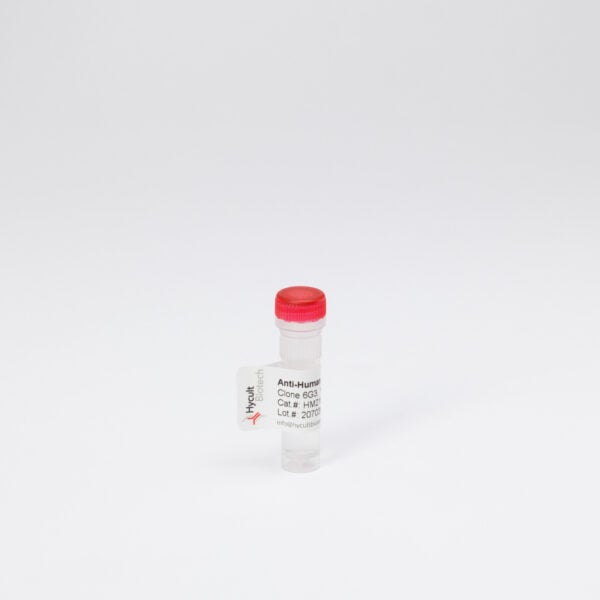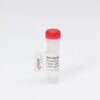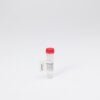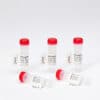MGO-modified proteins, Human, mAb MGO-1
€133.00 – €456.00
The monoclonal antibody MGO-1recognizes human MGO modified proteins. Methylglyoxal (MGO) is an endogenous product of glucose metabolism. Increased production and accumulation of methylglyoxal (MGO), as well as increased modification of proteins by glycoxidation, are hallmarks of aging and diabetes. MGO was shown to modify proteins and to contribute to the accumulation of damaged proteins that can be toxic to cells. A number of studies have shown that MGO levels are significantly elevated in patients with Type 2 Diabetes- and correlates well with fasting plasma glucose and hemoglobin A1c (HbA1c) levels. Moreover, increased formation of the MGO is implicated in renal dysfunction and is known to be involved in the development of DN (diabetic nephropathy).






